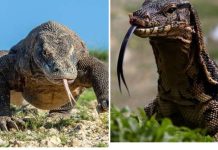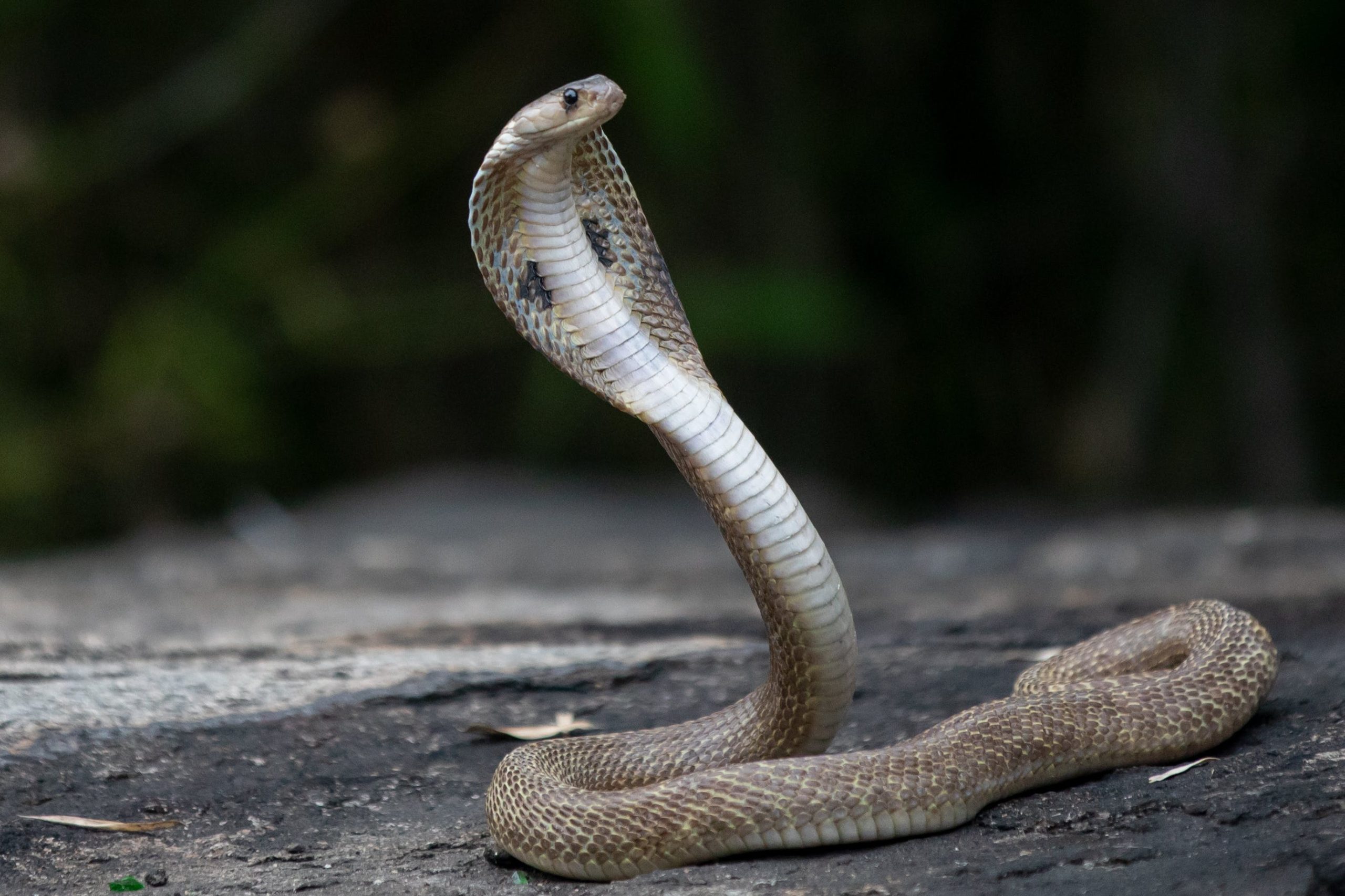We all have a thing or two about snakes that give us the shivers. But it’s time to separate fact from fiction. Nigeria is home to a bunch of snakes, some of them pretty potent, but they’re not the monsters they’re made out to be. In this article, we’re going to introduce you to some of Nigeria’s most venomous snakes, in a way that’s easy to understand. Say goodbye to unnecessary fear, and let’s get to know these creatures for what they really are. Ready to dive in?
But hold on a second! When we talk about why we’re not fans of snakes, we tend to say, ‘Snakes are poisonous.’ But is that really true? Actually, no. They’re not poisonous. They’re dangerous, sure, but the correct term is ‘venomous.’ So, snakes are venomous, not poisonous. Now, let’s take a closer look at seven of the most venomous snakes in Nigeria. We’ll cover their key features and how to recognize them.
Puff Adder (bitis arietans)
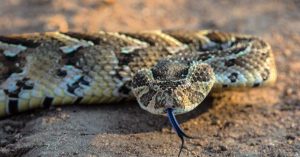
The Puff Adder, with its robust body and distinctive slit-like eyes, is a true camouflage artist amidst Nigeria’s grasslands and scrub. Measuring between 3 to 5 feet, it’s characterized by the classic viper traits: a triangular head, narrow neck, and a short tail. Recognizing a Puff Adder is made easier by its broad, triangular head and a pattern of dark, chevron-shaped markings along its back.
Forest Cobra (naja melanoleuca)
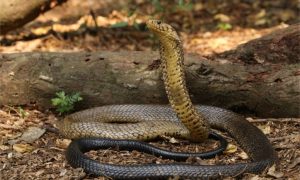
Allow us to introduce the diurnal (diurnal species are primarily active during daylight hours and rest or sleep during the night) Forest Cobra – an agile climber and a daytime hunter. With its glossy black body and striking white-edged scales around the mouth, this cobra is both swift and keen-eyed. It’s known to scale trees up to a staggering 33 feet high, showcasing its remarkable climbing abilities. Identifying a Forest Cobra can be done by its sleek black body paired with a cream-coloured underbelly, along with its distinct white-edged mouth scales.
African Bush Viper (atheris squamigera)
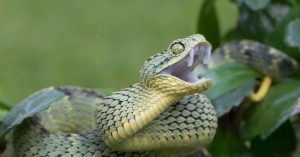
As the night descends, the African Bush Viper awakens for its nocturnal (Night-active) hunt. These stealthy ambush predators strike from upside-down perches, boasting a broad, flat head and an impressive mouth gape. Females, typically larger, can reach up to 24 inches in length. Identifying an African Bush Viper is aided by its distinct triangular head, large mouth, and unique colouration – often featuring shades of green with dorsal scales that form a rough, keeled texture.
Black-necked Spitting Cobra (naja nigricollis)
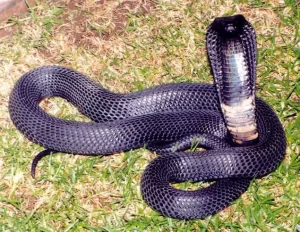
Moderately sized, the Black-necked Spitting Cobra varies in colour but shares a fondness for small rodents. What truly sets it apart is its ability to eject venom up to an astonishing 23 feet, making it a formidable force when provoked. Recognizing a Black-necked Spitting Cobra can be done by its size, typically 3.9 to 7.2 feet in length, along with its colouration – often featuring a dark body with a distinct pattern of light bands and spots.
Egyptian Cobra (naja haje)

Sporting a large, hood-capable head, the Egyptian Cobra feasts on toads, small mammals, birds, and more. Its sturdy body and cylindrical shape are complemented by a moderately broad snout, distinguishing it from its cobra counterparts. Identifying an Egyptian Cobra is facilitated by its sleek, solid-coloured body, typically in shades of black or brown, along with the distinctive hood that it can expand when threatened.
Boomslang (dispholidus typus)
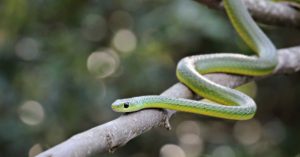
The Boomslang is a slender snake with a distinctive blunt head and captivating large eyes. These serpents can grow up to 2 meters, and their mesmerizing gaze is a hallmark of their species. Recognizing a Boomslang is aided by its slender, elongated body, along with large, forward-facing eyes and a distinct, broad head.
Spotted Night Adder (causus maculatus)

Compact yet powerful, the Spotted Night Adder boasts a stout, short-tailed frame. With a moderate-sized head and an obtuse canthus, this snake reaches a maximum length of about 0.75 meters. Identifying a Spotted Night Adder is facilitated by its small size, distinct spotted pattern along its back, and short, stubby tail.
While these seven venomous snakes may instil fear in many, it’s crucial to recognize their vital roles in their respective ecosystems. Understanding their traits and behaviours enables us to coexist safely with these captivating creatures. So, let’s celebrate the diversity of Nigeria’s snake population and continue to learn about these incredible reptiles.
*Photo credits (Wikipedia, A-Z Animals)
Let’s stay tuned for the next series of this article titled “Vital Guardians: Understanding the Role of Venomous Snakes in our Ecosystem”.




